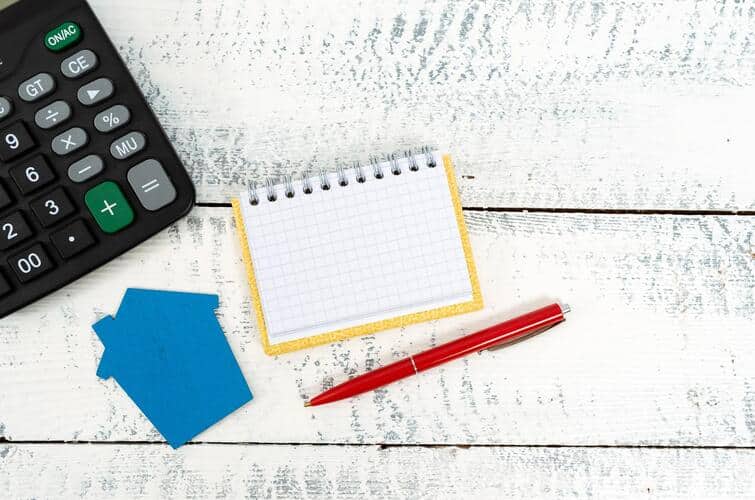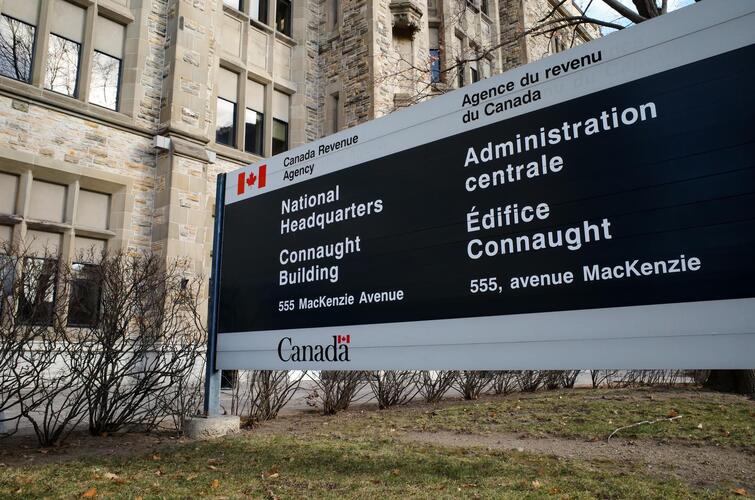If you are getting ready to file your taxes with the Canada Revenue Agency, there have been some new changes to taxes and tax benefits which may impact you. Below are some of the new measures and tax changes for this tax season.
Limits For Savings Contributions
In 2023, the maximum contribution you can make to your TFSA is $6,500, up from $6,000 the previous year.
The 2023 RRSP dollar limit is $30,780. This maximum annual contribution is based on an earned income of $171,000, and has increased from last year's maximum of $29,210, for a larger tax deduction.
Increase In Basic Personal Amount
The federal government is raising the basic personal amount, which is the amount you can earn in income without paying federal taxes.
For those with a net income in the first three federal tax brackets, below $165,430, the basic personal amount is $15,000. For those in the highest tax bracket of $235,675 and up, the amount has dropped to $13,521. Those in between those tax brackets have an amount in the middle.
The federal basic personal amount is increasing from $14,398 to $15,000, for more tax-free income.
This personal amount increase is not maintaining pace with inflation. Because of this, Canadians with incomes under $165,430 will have an increase of $59 on their inflation-adjusted income taxes.
2023 Federal Government Tax Brackets For Taxable Income
Taxable Income
- Up to $53,359
- From $53,359 to $106,717
- From $106,717 to $165,430
- From $165,430 to $235,675
- More than $235,675
Tax Rate
- 15%
- 20.5%
- 26%
- 29%
- 33%

Canada Pension Plan (CPP)
The Canada Pension Plan tax rate and maximum pensionable earnings covered by the tax rate are both increasing. The CPP contribution rate for 2023 is 5.95%; maximum contributions by employees and employers are set at $3,754.45. This is based on $66,600 as the new yearly maximum pensionable earnings with a $3,500 basic exemption. This represents a $255 tax increase in 2023 for both employees and employers for workers earning $66,600 or more.
For self-employed individuals who need to contribute twice as much, the maximum CPP contribution for 2023 will be $7,508.90, or $8,076.80 for QPP.
Housing-Related Changes
First Home Savings Account (FHSA)
A new tax-free FHSA measure was recently passed, as of April 1st. This new registered plan gives prospective first-time homebuyers the ability to save $40,000 on a tax-free basis towards their first home purchase in Canada.
Similar to an RRSP, contributions to an FHSA are tax deductible, but withdrawals to buy the first home, including money from investment income or growth earned from the account, will be non-taxable like a TFSA. A first-time homebuyer can use both the FHSA and the existing Home Buyers’ Plan when purchasing their home.
The FHSA has a $8,000 contribution limit per year for a $40,000 total maximum.
The contribution limit carries forward if unused one year, added to the next. However, an account must be opened for contribution room to carry forward. If, after 15 years, you have not used the funds to purchase a home, you can transfer the entire amount to RRSP completely tax free. So literally every Canadian, even those who already have homes, should set up this type of account, contribute to it, and let it grow for 15 years, then transfer it to their RRSP tax free.Multigenerational Home Renovation Tax Credit
As of January 1st, this new non-refundable tax credit offers tax credits up to a maximum amount of $7,500, or 15% of eligible expenses up to $50,000 that have been paid as part of an eligible renovation to create a secondary residence for an eligible person, including a senior or person with a disability, to live with a relative.

Anti-Flipping Rules
New anti-flipping rules for residential real estate have finally been established, and came into force on January 1st. They are aimed at reducing speculative demand in the marketplace and are designed to help ease excessive price growth on housing.
The principal residence exemption will not apply to your home sale if you owned it for less than 12 months, although there are certain exceptions. With the new rule, any profit you make is completely taxable as business income.
Underused Housing Tax (UHT)
The federal government has also introduced a new Underused Housing Tax.
This is a 1% tax based on the value of vacant and underused Canadian residential property that is owned directly or indirectly by a non-Canadian non-resident. Any non-resident, non-Canadian owner of an underused or vacant residential property in Canada as of December 31, 2022 must file an underused housing tax return for the property no later than April 30, 2023.
There are some exceptions to this, however, including seasonal properties or properties made inaccessible by a hazard.
Old Age Security
The income amount at which old age security starts to be clawed back this year has increased to $86,912.
Covid-19 Benefit Repayment

If you received Covid-19 benefits from the Canada Revenue Agency from the Canada Recovery Benefit, Canada Sickness Recovery Benefit or Canada Recovery Caregiving Benefit, you will receive a T4A slip for your tax return.
If you are a pharmacist or pharmacy owner and would like professional guidance with your income tax filing, PharmaTax can help you pay less in taxes to the Canada Revenue Agency.- With The New Capital Gains Tax Changes for 2024, What are the Best Places to Tax Shelter My Money? - November 1, 2024
- Business Overhead Insurance: What it is & Why You Need It - October 18, 2024
- How Long Do I Need to Keep Receipts? - October 5, 2024

